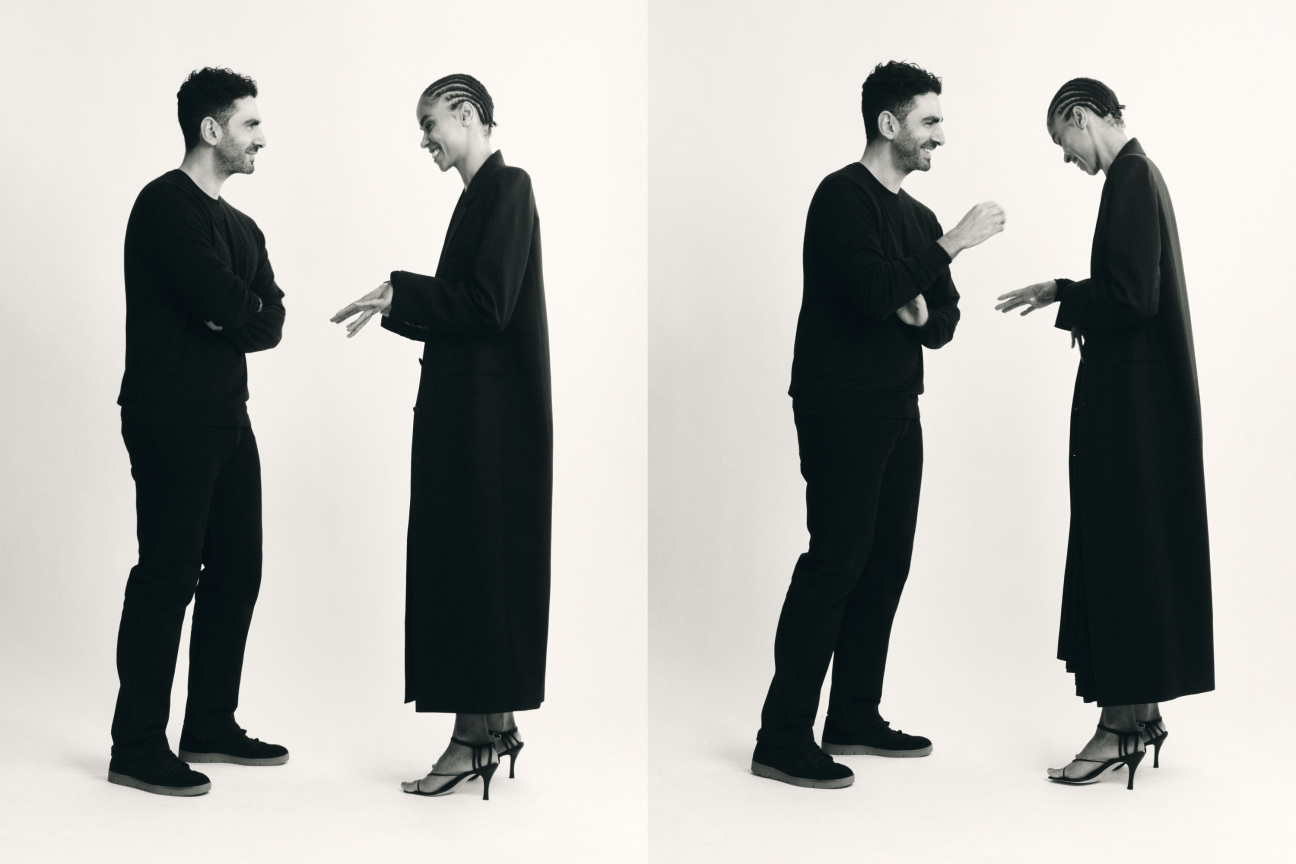
When I ask Australian fashion designer Christopher Esber to describe the steady growth of his namesake label, his response is characteristically reflective and modest. “It’s been a slow burn,” he lets out. In the 14 years since he founded the brand, the 37-year-old Sydneysider has amassed a sizeable following, picking up accolades and famous fans along the way. It’s the kind of measured rise that speaks to the immutable appeal of Esber’s clothes—sexy, sophisticated silhouettes favored by many of the most discerning women you know.
Esber is one of the biggest talents to emerge from Australia in recent memory, if ever. Australian Fashion Week is often a launching pad for the nation’s talent—designers like Dion Lee, Kym Ellery, and the sisters behind Zimmermann cut their teeth there—who then set their sights on more coveted appearances in Paris or New York to reach a wider audience. This past summer, Esber took home the 2024 ANDAM Prize, the French fashion prize previously bestowed on Martin Margiela, Marine Serre, and Glenn Martens early in their sartorial ascents. With an increased 300,000 euros in prize money and access to coveted industry networks, the accolade is a watershed moment for any designer—not least Esber, whose studio in Sydney’s inner-city suburb of Redfern is over 10,000 miles from the French capital.
Yet Esber is not exactly an up-and-comer—he’s more of a quiet, consistent achiever. ANDAM aside, Europe has been the designer’s largest market for some time—he’s been traveling to Paris for the past eight years to sell his collections, and last fall he held his first French runway show during Paris Fashion Week. He plans to invest much of the prize money in sample development with Paris-based ateliers, where he will present for the second time during the city’s fashion week this September. This year, the incentive to deliver is even greater. “The win came as a surprise—a nice surprise—but now there are more eyeballs on the brand, so we need to get to work,” the designer explains over Zoom from his studio one evening.

Esber launched his namesake label after graduating from TAFE NSW in 2008, when he presented his graduate collection at Australian Fashion Week. From there, he followed the typical hands-on approach of a fledgling designer: drawing and hand-cutting his patterns, sewing his samples, and even fronting the sales of the first few collections. He’d had a keen interest in fashion since childhood, instilled by his mother’s two sisters who taught him to cut and sew. “I would get on the machine and play with fabrics—I was always quite experimental and tactile. I still play with offcuts and remnants, making shapes into dresses,” he says. A few years later, he moved into the studio space in Redfern, where he’s remained for the last decade.
As his team swelled to 30, Esber’s operation expanded—the brand’s studio absorbed adjacent properties and knocked down separating walls, a real estate metaphor for its commercial rise. The design room, however, remains closed-off and sacred—an “incubator for ideas” where commercial considerations are irrelevant, at least at first. “There’s no business chatter in this room—that can’t happen here. It’s mood boards, mannequins, samples, and the knick-knacks that inspire me,” Esber says, flashing his shy smile. “We’re just playing and draping and pushing ourselves.”
Play is a core element of Esber’s design approach: He folds, twists, and drapes fabric to create sculptural, sensual shapes that seem to mold perfectly to the body like a liquid caress. “I am looking for that balance of sexiness and effortlessness,” he says of his process, which he sees as one of constant adjustment—adding more here, pulling back there. “I want things to be a little strange—I like something that makes you think.”

While Esber has a knack for relaxed tailoring—the starting point of each collection and a category that has endeared him to fashion insiders—he is perhaps most celebrated for event wear, setting the bar for a new kind of elevated sexiness with an unexpected, off-kilter edge. He favors cutouts and asymmetry, and his pieces often echo his creative process in their silhouettes: a constant tension between concealing and revealing. Esber’s knockout Venus dresses with molded plunging necklines, popular among the sartorial set, have inspired a host of copycat designs down-market. At the Vanity Fair Oscars after-party in 2022, Esber dressed British model Adwoa Aboah in a sheer sequined version of the Venus—now a part of the permanent collection at the Musée des Arts Décoratifs in Paris, to be featured in an exhibition marking the 35th anniversary of ANDAM this fall.
At first glance, Esber’s high-gloss aesthetic feels like a far cry from Australia’s standard dress code—off-duty, sport-meets-beach—but the connection can be found in his dedication to relaxed glamour. He finds himself enamored with certain clothing-related gestures (the way a woman rolls back the cuffs of her T-shirt, for example), and it’s not uncommon for the cut of swimsuit find its way into the silhouette of one of his dresses. “That sort of thing gives me life,” he says.
With a standing spot on the Paris Fashion Week calendar and a year-long mentorship with Anthony Vaccarello lined up (what form this will take, he’s not yet sure), Esber’s next chapter appears bright. When he feels the pressure of his accumulated accolades, the designer returns to his foundation—the quiet study of the women around him, and the pursuit of balance between effortlessness and intrigue to create something very desirable. “I think a lot about the women who buy my clothes,” he muses. “Like, is she really going to wear this? But I also don’t want to make things too easy for her—I need to push her as well.”

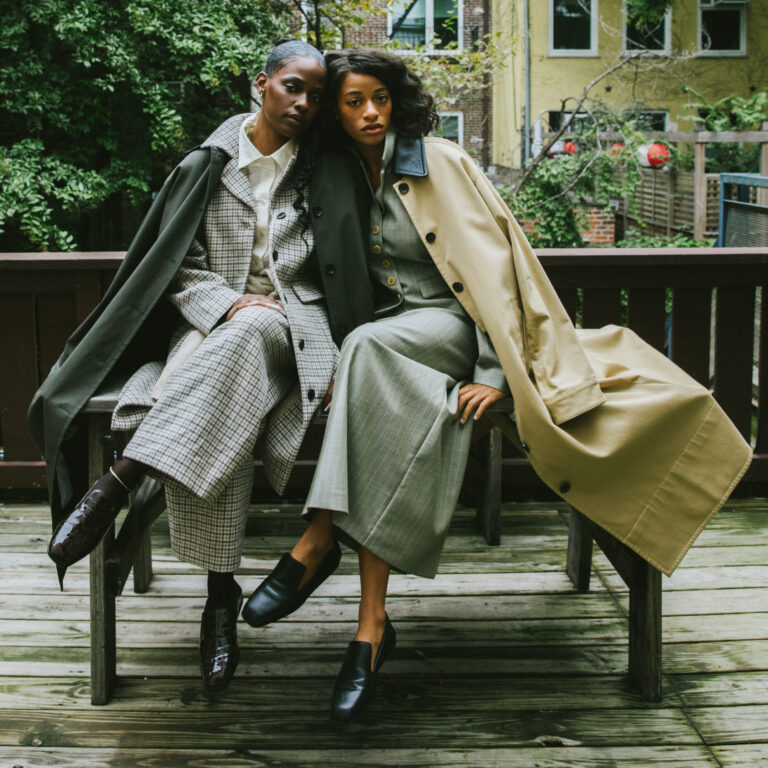
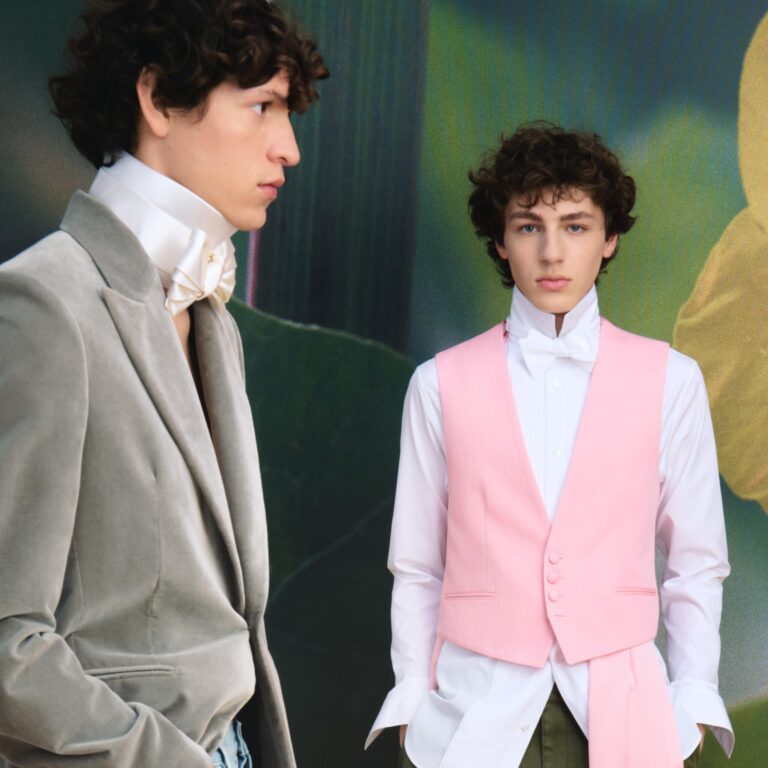

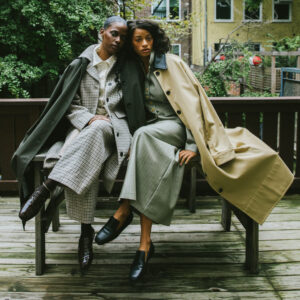
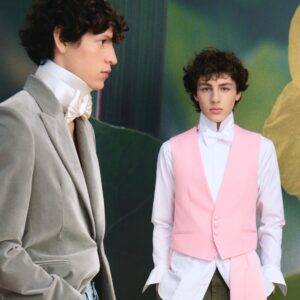




 in your life?
in your life?

